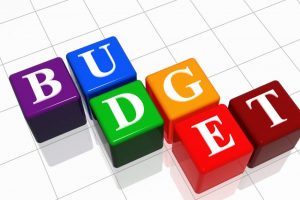10 September 2018
How to prepare a logistics budget?
The last quarter of the year is quite close and with it the moment of the budget: on the one hand a tedious task, on the other hand an opportunity.
"Non-core" costs (indirect: logistics costs, packaging costs, production auxiliaries, overheads) account for up to 25% of turnover. For them the budgeting activity is complex: they are generated by fragmented and transversal processes, often without a clear accountability. Furthermore, the lack of an analytical and specific cost model for this spending area does not allow a realistic and accurate budget definition and a subsequent effective control.
What, then, the opportunities to be seized?
1. Define reality-adhering COST MODELS,
2. Define effective TARGETS, based on best practices.
How can these opportunities be grasped?
1. Define cost models
Logistic costs are among the main indirect costs: the algorithms used for forecasts are usually very simplistic (€/kg or similar) and/or based on historical cost trends.
It is important to improve forecasting capabilities through the elaboration of a model that considers the real "drivers" (determinants) of costs.
2. Define effective targets
Only with cost targets based on market benchmarks it is possible, in the budget phase, to really involve the managers in substantive discussions. It is possible to really build a shared and controllable budget.
How can I be supported by Smart VCO?
Smart VCO can support you to identify savings opportunities and turn them into targets that can be handled by the management controlling.
For a free check-up of the logistics budget in your company, contact us.

